Introduction to ML Tools and Frameworks
Machine learning models require powerful tools and frameworks for data preprocessing, model building, training, evaluation, and deployment. The choice of an ML framework depends on factors like ease of use, scalability, performance, and deployment capabilities.
Some of the most widely used ML frameworks include:
- Scikit-learn – Best for traditional machine learning
- TensorFlow – Scalable deep learning for large datasets
- Keras – Beginner-friendly API for deep learning
- PyTorch – Flexible and research-oriented deep learning
1. Scikit-learn: Classical Machine Learning
Scikit-learn is a powerful Python library for classical machine learning, built on top of NumPy, SciPy, and Matplotlib. It provides efficient implementations of standard machine learning algorithms for both supervised and unsupervised learning.
Key Features of Scikit-learn
- Simple API: Easy to use for beginners
- Efficient implementations: Uses optimized Cython code for speed
- Feature engineering tools: Includes preprocessing, dimensionality reduction, and feature selection
- Broad algorithm support: Supports classification, regression, clustering, and model evaluation
Common Use Cases
- Predictive modeling (e.g., sales forecasting, spam detection)
- Customer segmentation using clustering
- Anomaly detection in financial transactions
Example: Training a Logistic Regression Model
from sklearn.model_selection import train_test_split
from sklearn.linear_model import LogisticRegression
from sklearn.datasets import load_iris
from sklearn.metrics import accuracy_score
# Load dataset
data = load_iris()
X_train, X_test, y_train, y_test = train_test_split(data.data, data.target, test_size=0.2, random_state=42)
# Train model
model = LogisticRegression()
model.fit(X_train, y_train)
# Predict and evaluate
y_pred = model.predict(X_test)
print("Accuracy:", accuracy_score(y_test, y_pred))
2. TensorFlow: Scalable Deep Learning
TensorFlow is an open-source deep learning framework developed by Google Brain. It is designed for large-scale neural network training and deployment.
Key Features of TensorFlow
- Computational graphs: Uses directed graphs for efficient execution
- Scalability: Can run on CPUs, GPUs, and TPUs
- TensorFlow Lite: Supports mobile and edge deployments
- TensorFlow Serving: Allows real-time model deployment
Common Use Cases
- Image and speech recognition
- Natural language processing (NLP)
- Time-series forecasting
Example: Building a Simple Neural Network
import tensorflow as tf
from tensorflow import keras
# Define a simple feedforward neural network
model = keras.Sequential([
keras.layers.Dense(128, activation='relu', input_shape=(10,)),
keras.layers.Dense(64, activation='relu'),
keras.layers.Dense(1, activation='sigmoid')
])
# Compile model
model.compile(optimizer='adam', loss='binary_crossentropy', metrics=['accuracy'])
# Print model summary
model.summary()
3. Keras: High-Level Deep Learning API
Keras is an easy-to-use API built on top of TensorFlow. It allows users to create, train, and deploy deep learning models with minimal code.
Key Features of Keras
- User-friendly API: Simplifies deep learning model building
- Modular architecture: Supports layers, optimizers, and loss functions
- Seamless integration: Works well with TensorFlow and PyTorch
Common Use Cases
- Rapid prototyping of deep learning models
- Custom model development for research
- Transfer learning with pre-trained models
Example: Training a Convolutional Neural Network (CNN)
from tensorflow.keras.models import Sequential
from tensorflow.keras.layers import Conv2D, MaxPooling2D, Flatten, Dense
# Define CNN model
model = Sequential([
Conv2D(32, (3,3), activation='relu', input_shape=(28, 28, 1)),
MaxPooling2D(2,2),
Flatten(),
Dense(64, activation='relu'),
Dense(10, activation='softmax')
])
# Compile model
model.compile(optimizer='adam', loss='sparse_categorical_crossentropy', metrics=['accuracy'])
# Print model summary
model.summary()
4. PyTorch: Flexible Deep Learning for Research
PyTorch is an open-source deep learning framework developed by Facebook AI Research (FAIR). It is widely used in research and production due to its flexibility and dynamic computation graph.
Key Features of PyTorch
- Dynamic computation graphs: Allows real-time model modifications
- Easier debugging: Works seamlessly with Python debugging tools
- Strong GPU support: Optimized for training on NVIDIA GPUs
- TorchScript: Converts models for production deployment
Common Use Cases
- Research-based deep learning models
- Reinforcement learning applications
- Generative adversarial networks (GANs)
Example: Training a Neural Network with PyTorch
import torch
import torch.nn as nn
import torch.optim as optim
# Define a simple neural network
class NeuralNet(nn.Module):
def __init__(self):
super(NeuralNet, self).__init__()
self.fc1 = nn.Linear(10, 128)
self.relu = nn.ReLU()
self.fc2 = nn.Linear(128, 1)
self.sigmoid = nn.Sigmoid()
def forward(self, x):
x = self.fc1(x)
x = self.relu(x)
x = self.fc2(x)
x = self.sigmoid(x)
return x
# Create model
model = NeuralNet()
# Define loss function and optimizer
criterion = nn.BCELoss()
optimizer = optim.Adam(model.parameters(), lr=0.001)
# Print model structure
print(model)
Choosing the Right ML Framework
| Feature | Scikit-learn | TensorFlow | Keras | PyTorch |
|---|---|---|---|---|
| Type | Classical ML | Deep Learning | Deep Learning | Deep Learning |
| Ease of Use | High | Moderate | High | Moderate |
| Flexibility | Limited | High | Moderate | High |
| GPU Support | No | Yes | Yes | Yes |
| Deployment | Limited | Strong | Strong | Strong |
| Best For | Traditional ML | Large-scale DL | Quick Prototyping | Research & Custom Models |
Key Takeaways-
Each ML framework has its own strengths and is suited for different types of applications.
- Use Scikit-learn for classical machine learning tasks like regression, classification, and clustering.
- Use TensorFlow for scalable deep learning models in production environments.
- Use Keras when you need an easy-to-use interface for deep learning.
Use PyTorch when working on research projects or requiring dynamic computation graphs.
Next Blog- Case Studies and Industry Applications of Machine Learning
.png)
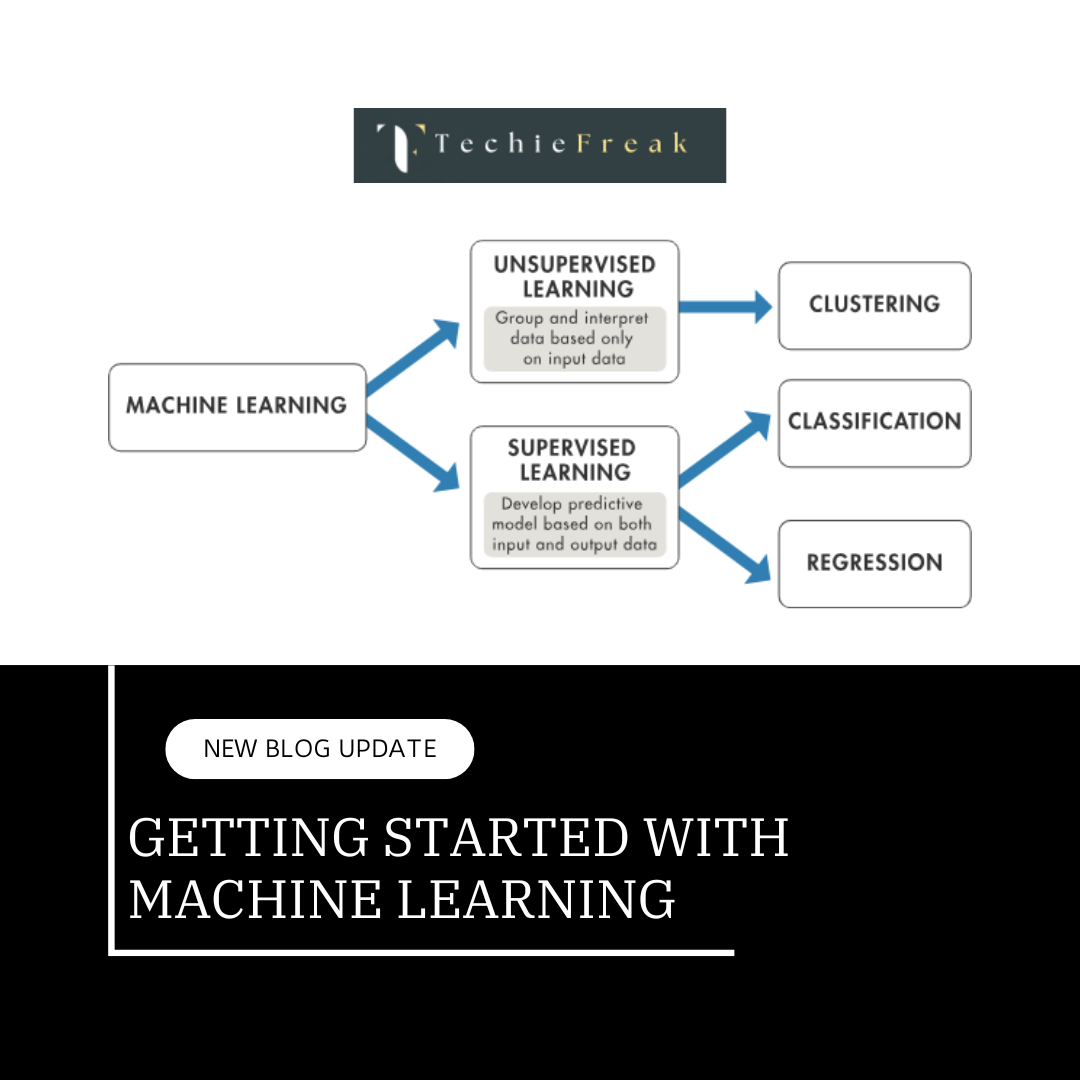
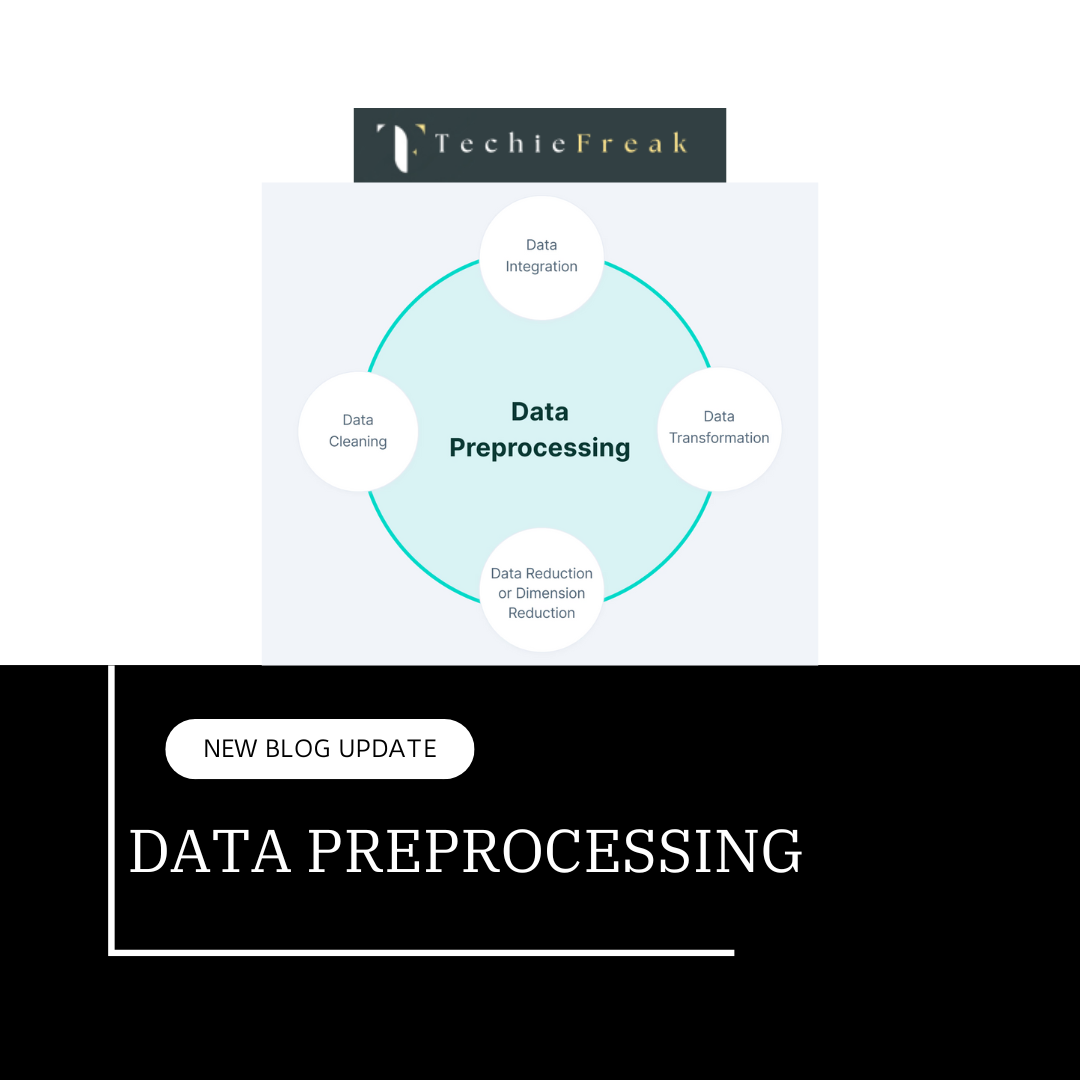
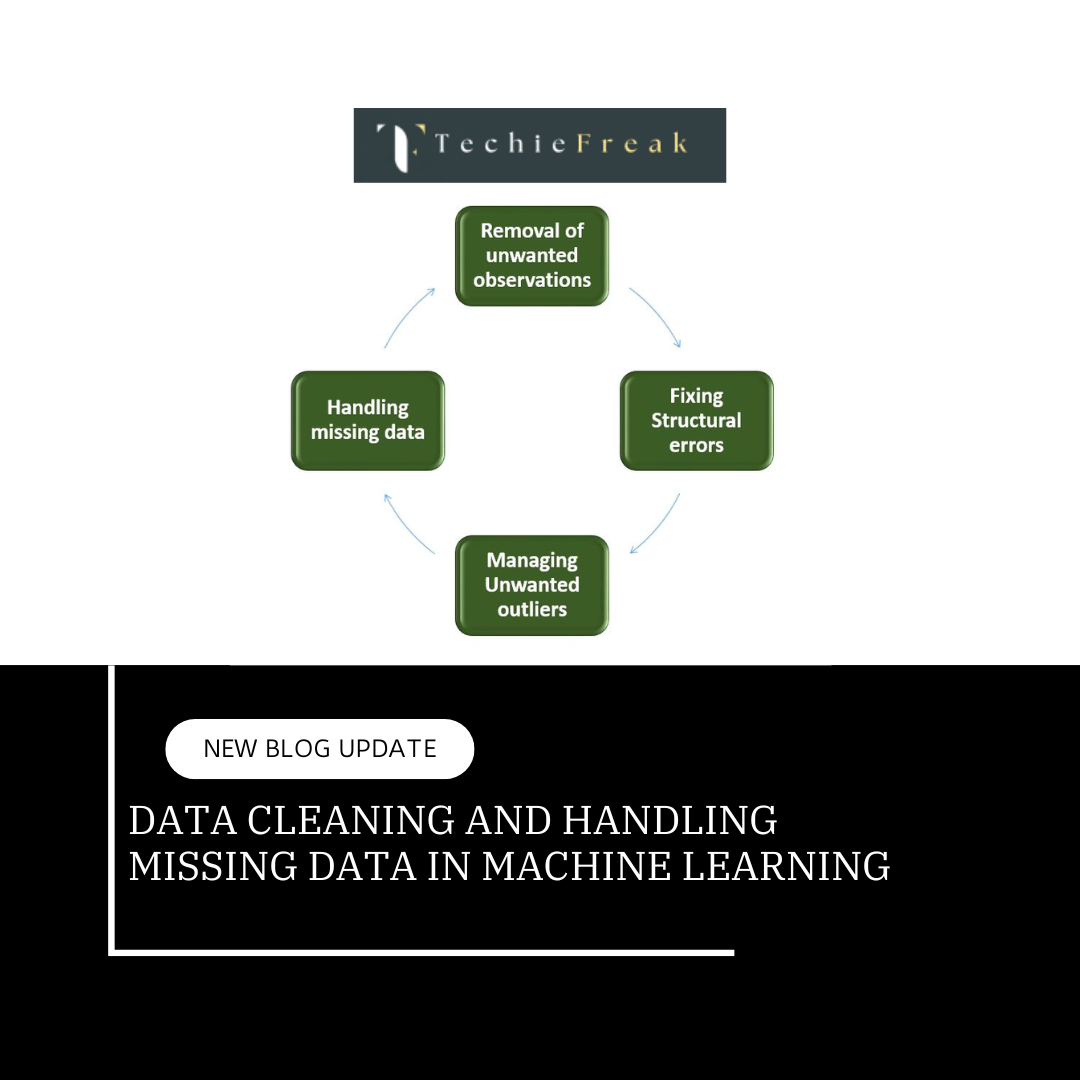
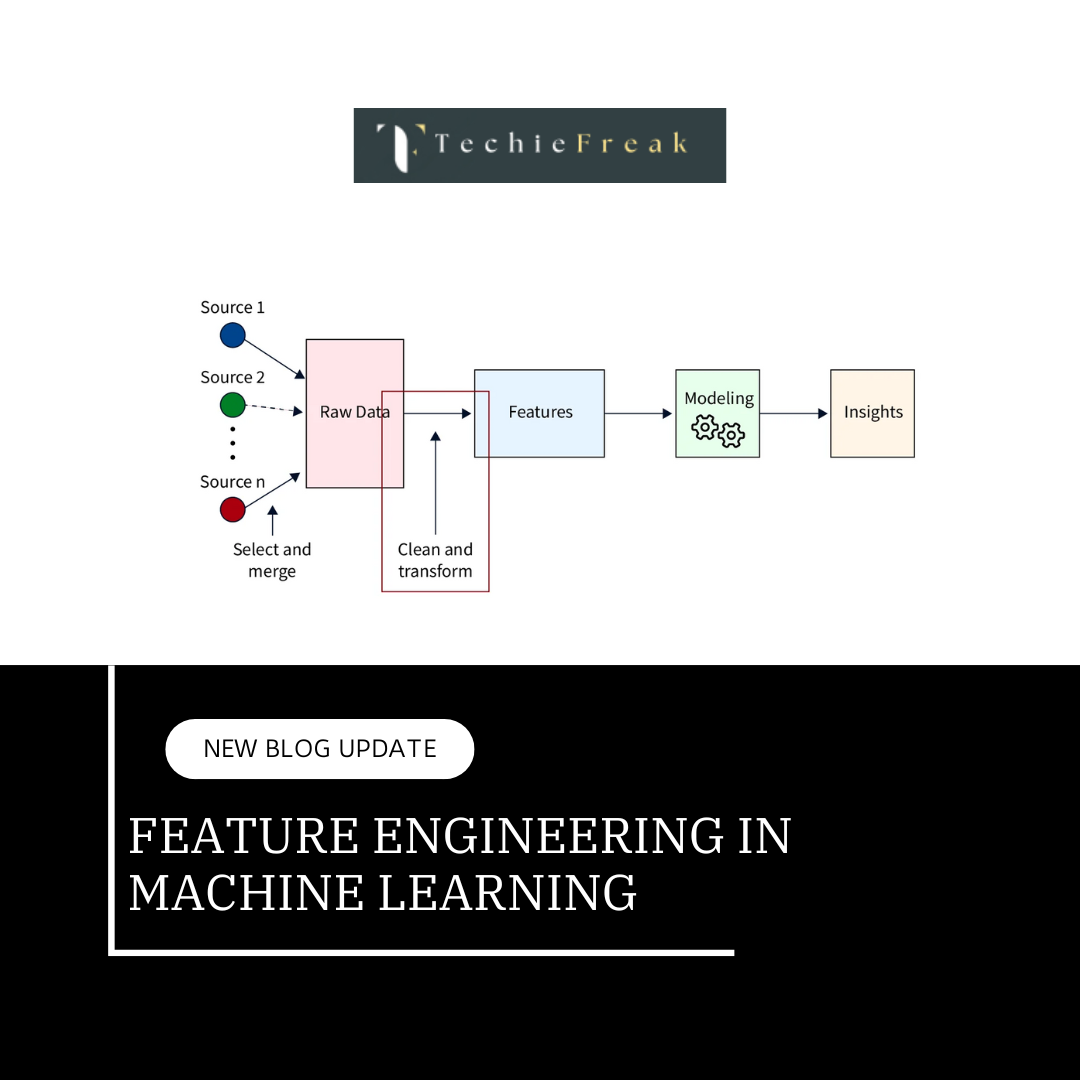
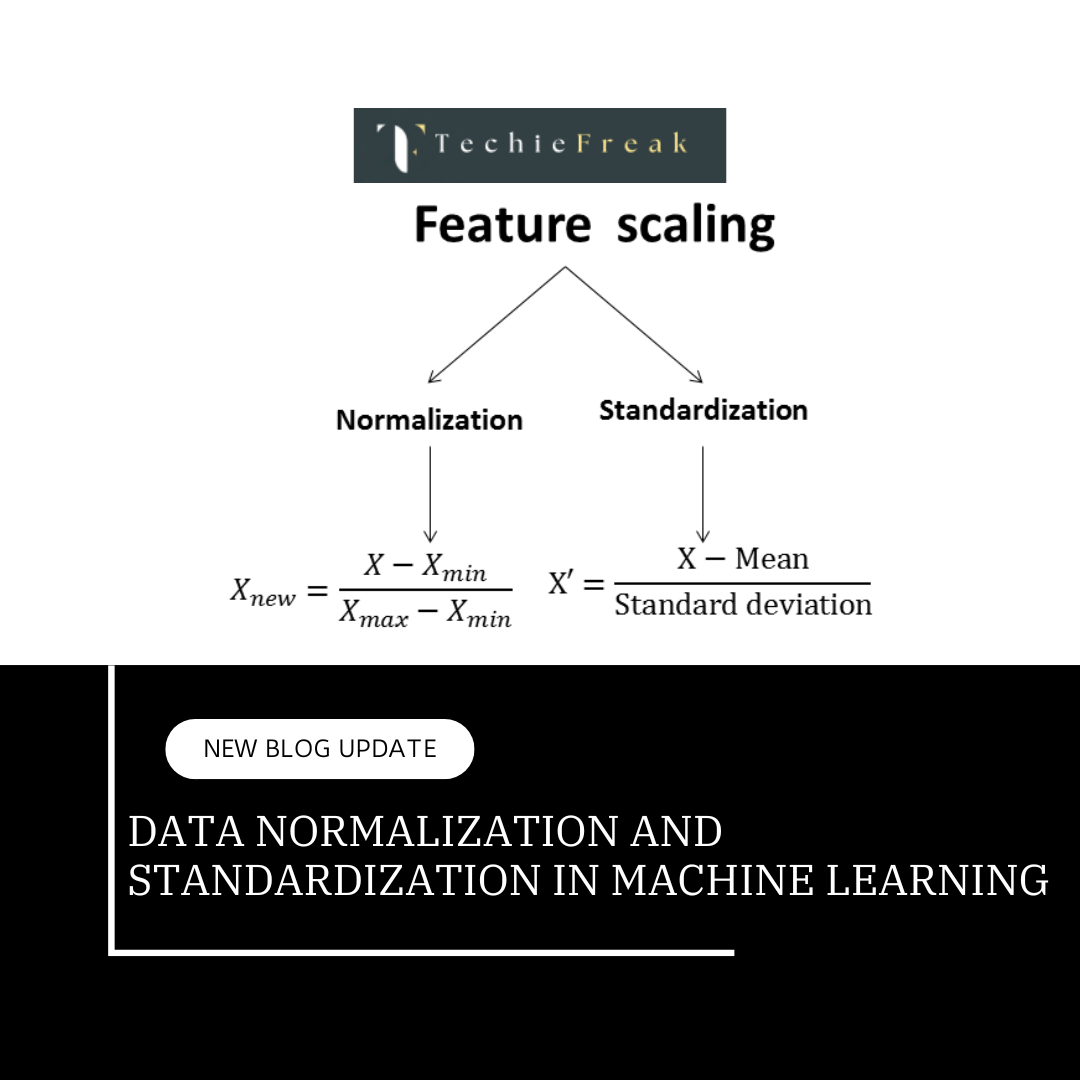
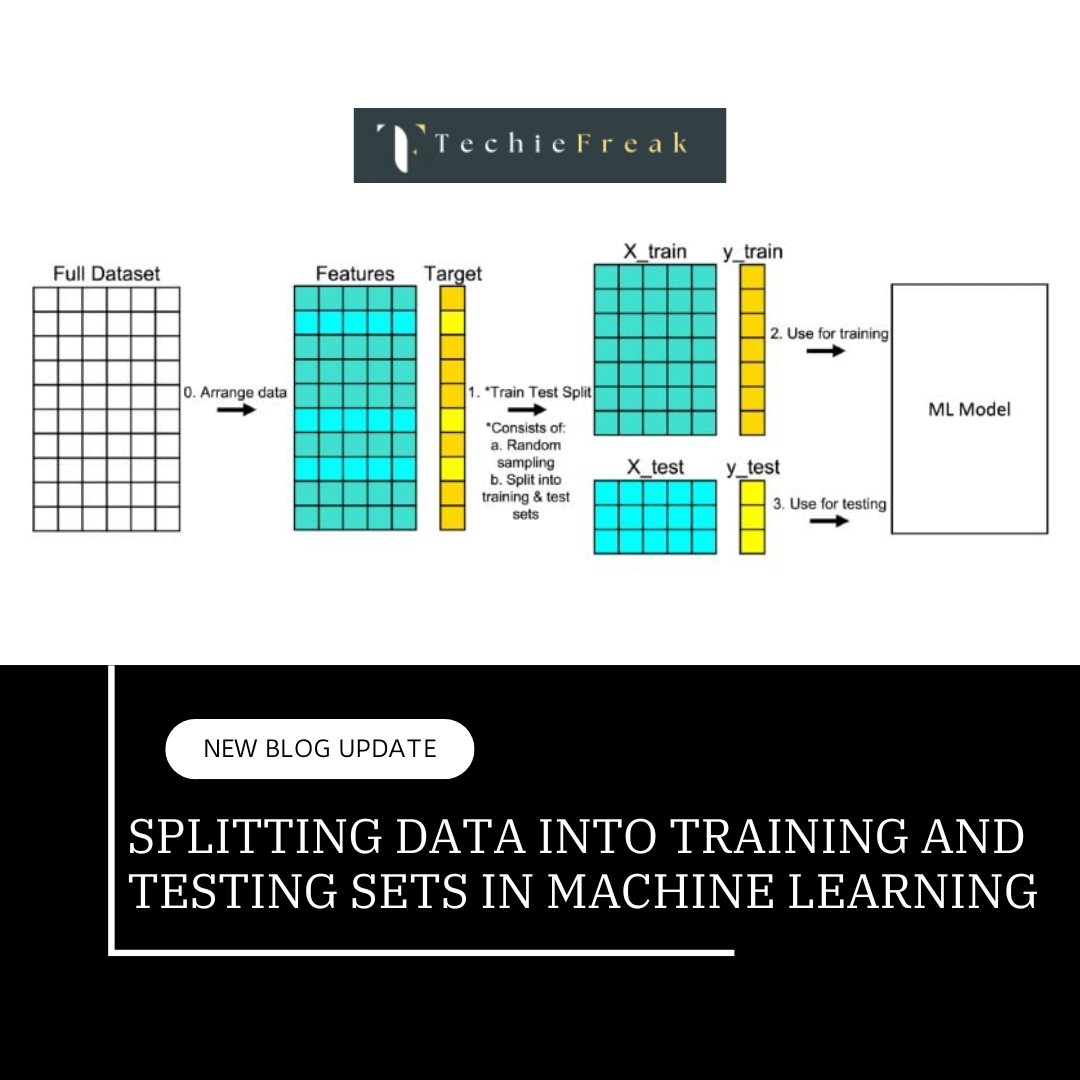
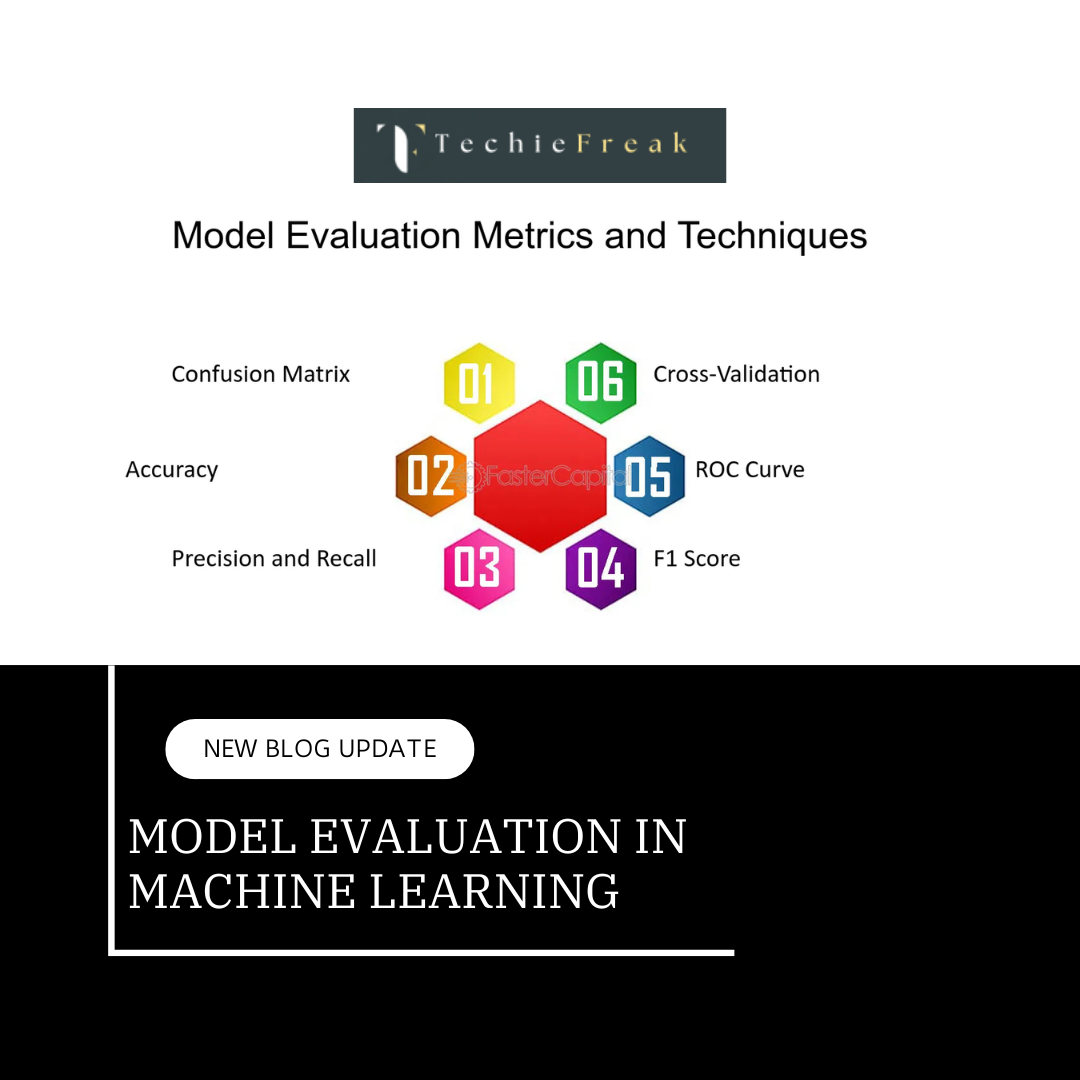
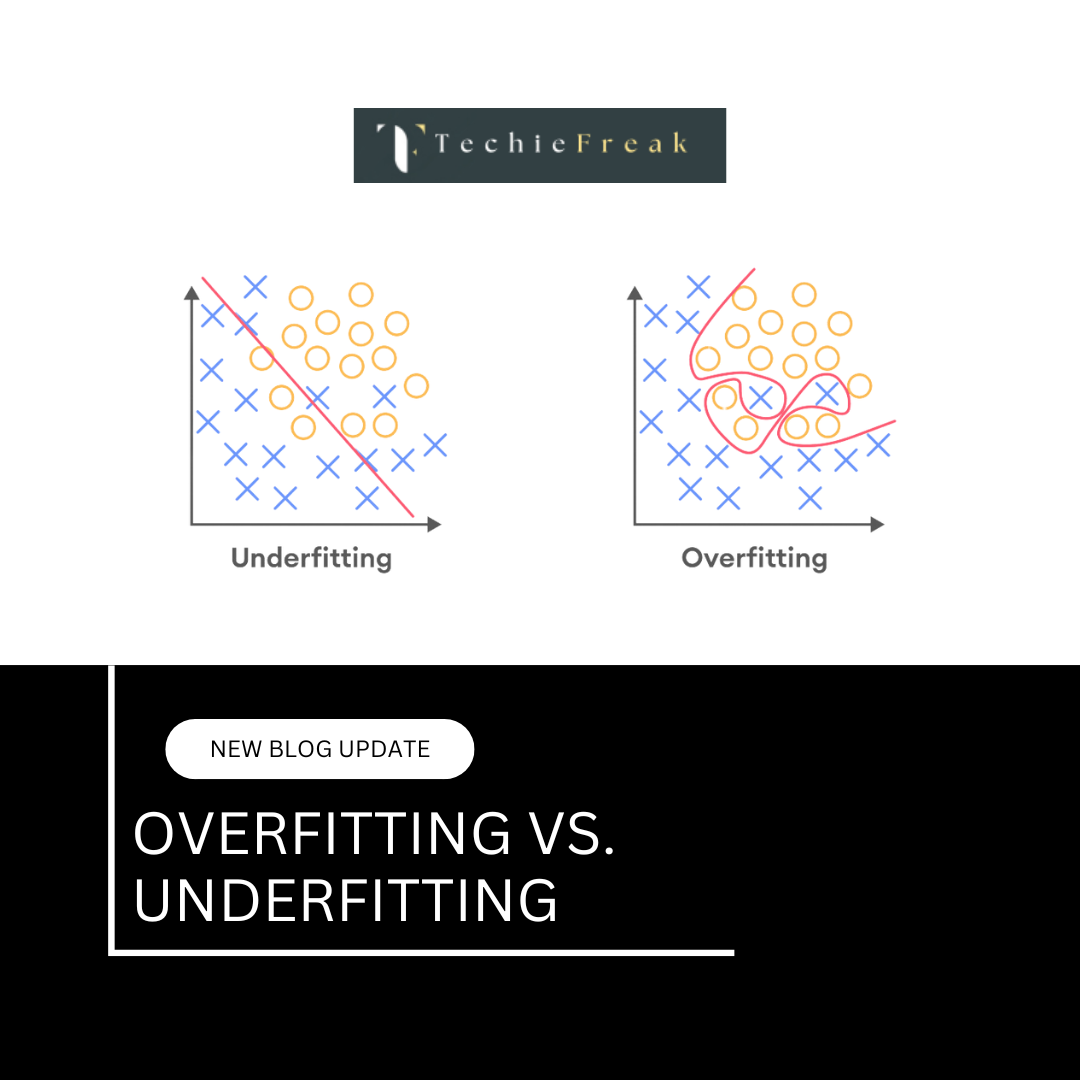
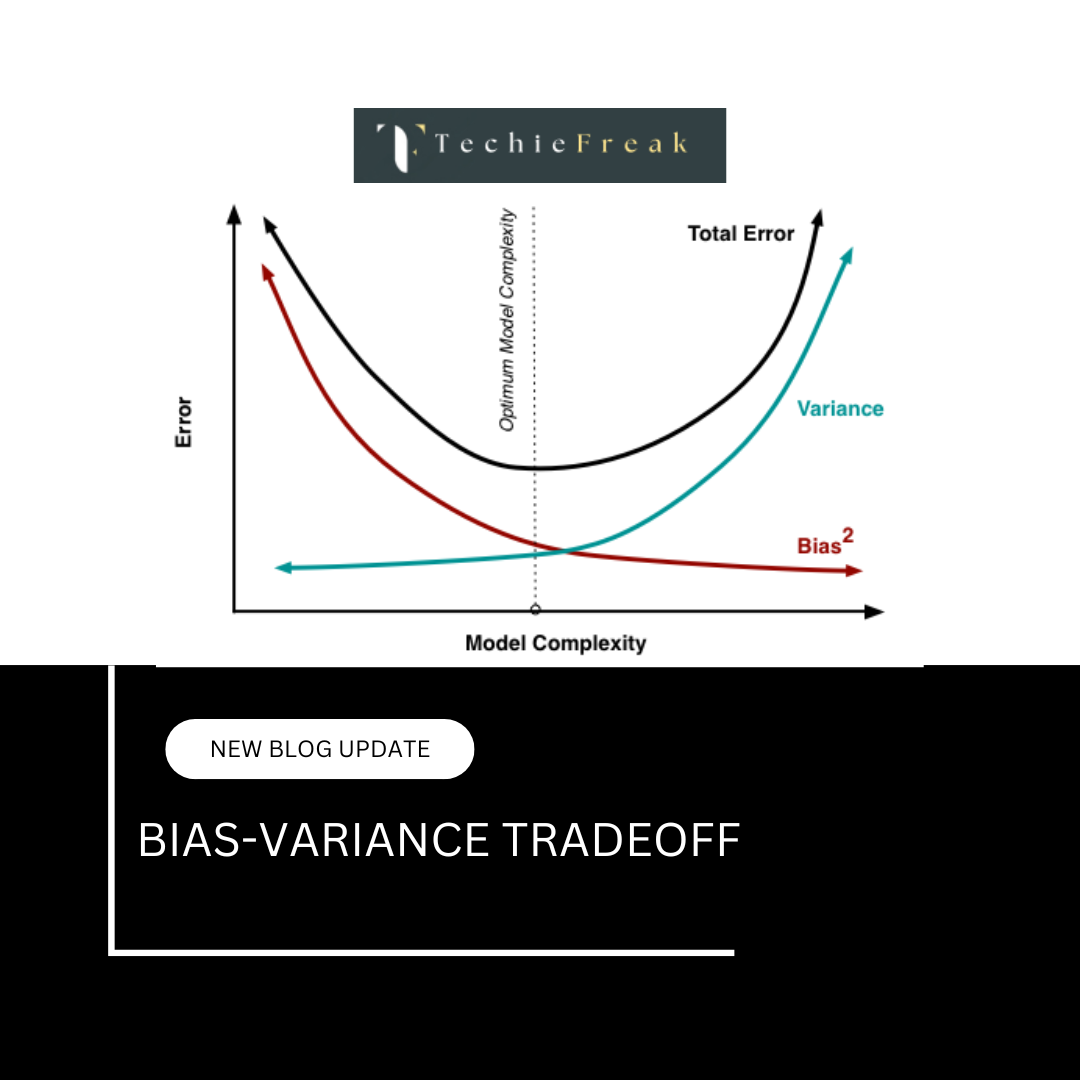
.png)
.png)
.png)
.png)
.png)
.png)
.png)
.png)
.png)
.png)
.png)
.png)
.png)
.png)
.png)
.png)
.png)
.png)
.png)
